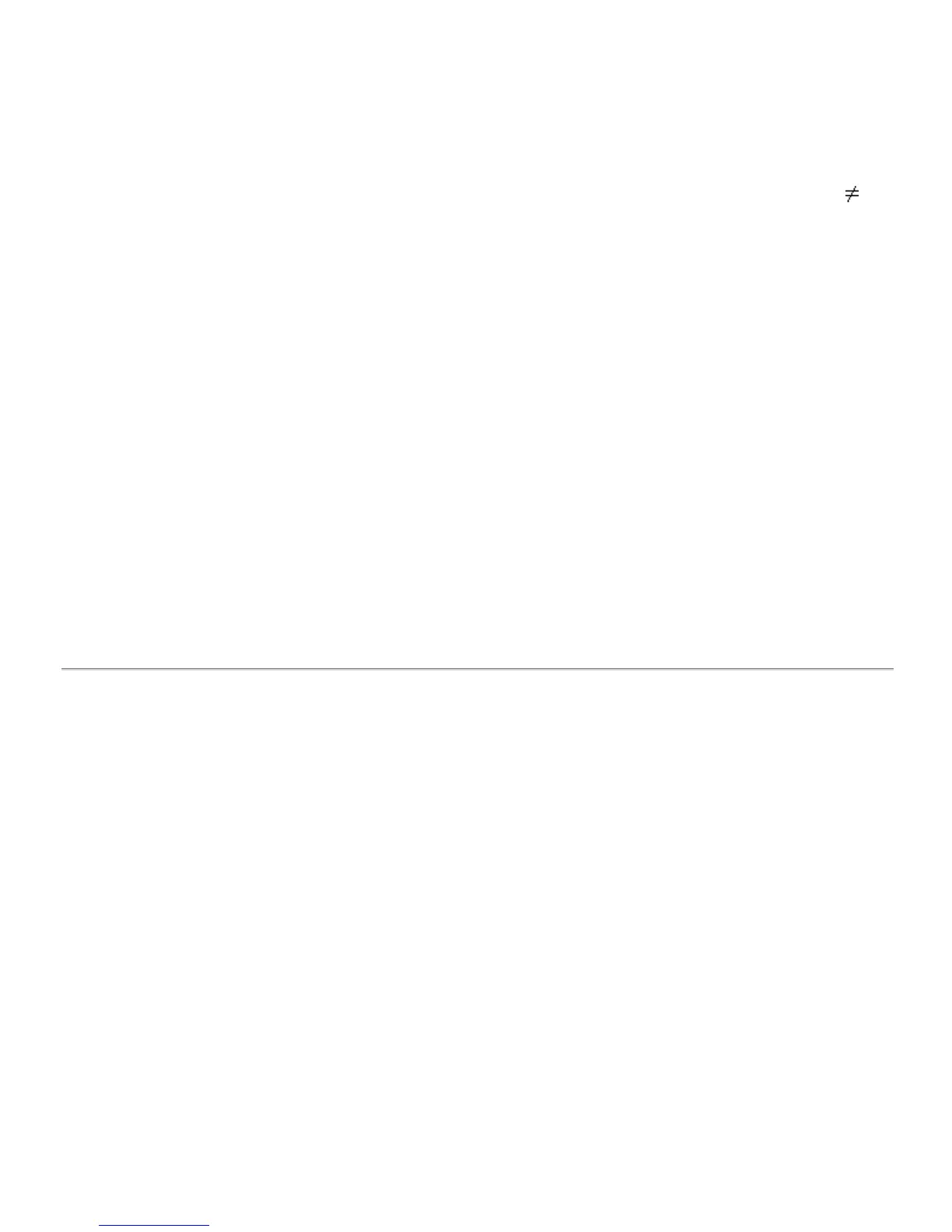PRINT
position on at least one place, & after that, however many as are necessary to
leave it in column 0 or 16, throwing a new line if necessary.
At the end of the
PRINT
statement, if it does not end in a semicolon or comma, a new
line is thrown.
Error 4 (out of memory) can occur with 3K or less of memory.
Error 5 means that the screen is filled.
In both cases, the cure is
CONT
, which will clear the screen & carry on.
RAND RAND
0
RAND
n Sets the system variable (called SEED) used to generate the next value of
RND
. In n 0,
then SEED is given the value n; if n = 0 then it is given the value of another system
variable (called FRAMES) that counts the frames so far displayed on the television, & so
should be fairly random.
Error B occurs if n is not in the range 0 to 65535.
REM
... No effect. '...' can be any sequence of characters except
NEWLINE
.
RETURN
Pops a line number from the
GOSUB
stack, & jumps to the line after it.
Error 7 occurs when there is no line number on the stack. There is some mistake in your
program;
GOSUB
s are not properly balanced by
RETURN
s.
RUN RUN
0
RUN
n
CLEAR
, & then
GOTO
n.
SAVE
f Records the program & variables on tape, & calls it f.
SAVE
should not be used inside a
GOSUB
routine.
Error F occurs if f is the empty string, which is not allowed.
SCROLL
Scrolls the display file up one line, losing the top line & making an empty line at the bottom.
NB the new line is genuinely empty with just a
NEWLINE
character & no spaces. (See
chapter 27).
SLOW
Puts the computer into compute & display mode, in which the display file is displayed
continuously, & computing is done during the spaces at the top & bottom of the picture.
STOP
Stops the program with report 9.
CONT
will resume with the following line.
UNPLOT
m,n Like
PLOT
, but blanks out a pixel instead of blacking it in.
